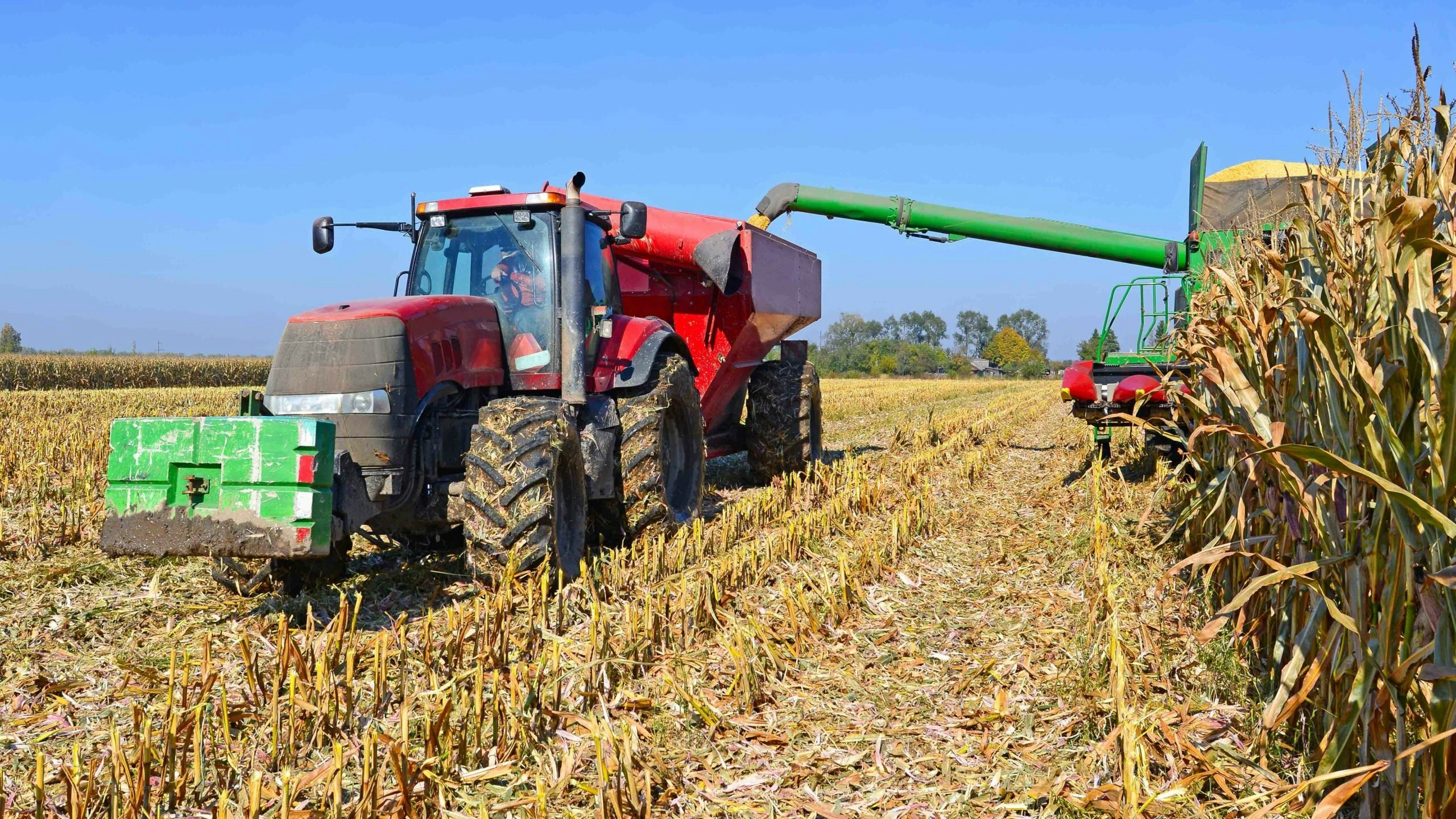The federal government paid Wyoming farmers about $3.4 million not to farm certain plots of land last year.
Used historically as a protector of fragile land areas where erosion and other changes are a concern, the Conservation Reserve Program is a federal program that pays farmers and ranchers an annual “rent” payment not to farm or allow grazing on environmentally unstable land sections.
Though the program paid millions to Wyoming farmers in multiple counties last October, both the total paid and the quantity of payments are down from the year prior.
High commodity prices could be making farmers want to farm rather than take the payouts not to farm, according to industry experts.
‘Pretty Astute People’
Wyomingites’ hesitancy comes in spite of added incentives to enroll in the program.
Citing concerns over climate change, the USDA announced in April 2021 that it would seek to add four million new acres into the program’s designated fallow ground by raising annual rental payments and adding incentive payments.
But Wyoming’s participation dropped by about $1.8 million when the payments were dispatched that October, down from roughly $5.2 million paid in Wyoming in October 2020. Participation is voluntary.
Wyoming farmers and ranchers likely didn’t refuse the program because of its focus on climate change, but because it wasn’t worth their while not to farm, said Brett Moline, director of public affairs for the Wyoming Farm Bureau.
“Farmers and ranchers are pretty astute people and they’re going to put a pencil to it,” said Moline. “If they can make more money putting (land) into a reserve program, some of them will do it.”
If they can make more money by farming, farmers will do that instead. And yet a third category of farmers will balk at having to enroll in a 10-year contract to accept the federal paycheck because over the course of a decade, “so much can change,” Moline said.
Farmers had to register for the 2021 payment in early in 2020.
In November 2019, for example, Wyoming farmers saw a $15 gain per ton in hay prices compared to the year before, according to the Northern Ag Network.
So when it came time to register for the Conservation Reserve Program just three months later, many opted against it.
Todd Even, farm program chief for Wyoming Farm Service Agency, told Cowboy State Daily on Friday that there’s also a ranking process determining which lands get into the program. Lands that aren’t as environmentally concerning might not make the cut, he said.
Even agreed that farmers may have dodged the program recently due to high commodity prices; he also noted that many farmers’ contracts expired just before the October 2021 payments and many of those too, could have chosen not to enroll again.
Soaring
If some commodity prices were promising in the earliest weeks of 2020, they’re soaring now.
Crop and livestock production follow each other somewhat on economic line graphs: Prices received by livestock producers nationwide are at about 145% of a baseline set in 2011, according to a chart by the National Agricultural Statistics Services.
Crop production prices are at about 130% of the standard amount.
Spikes in demand and drops in supply both contribute to high commodity prices, said Moline.
Drought, hail, and other factors diminishing overall supply can make some products harder to produce, which makes it easier for farmers who have succeeded to get a better price, he added.
‘Big Push’
While the Conservation Reserve Program always has had environmental concerns such as erosion and flooding in mind, its focus on the emissions associated with farming and ranching has grown under President Joe Biden’s administration, said Moline.
“Under this administration climate change is a big push,” he said. “The carbon capture of not farming, not ploughing, not tilling ground up is going to be a big push for them.”
Sandy Counties
The counties enrolled in the Conservation Reserve Program currently demonstrate its longtime focus on sparing sandy landscapes and other fragile areas.
Of the $3.4 million paid to Wyoming producers in October, there were 183 rent payments to Albany County farmers and ranchers, 181 payments in Goshen County, 154 to Laramie County producers, 88 to Crook County, 37 to Niobrara, 24 to Campbell County producers and 23 to Hot Springs County.
Big Horn County only saw four rental payments from the federal government, while Fremont, Carbon and Washakie each had one entity accept payment.
The other Wyoming counties didn’t have lands enrolled in the program when payments rolled out last year.





